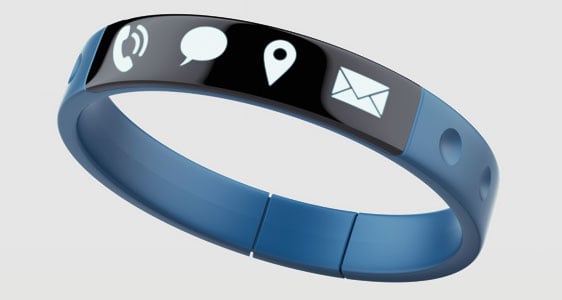
Access control solutions widely vary in technology; legacy equipment like door keypads and mag-stripe cards and readers continue to linger around building entryways while few organizations are upgrading to more modern hardware, consisting of smart ID cards and smartphone-based access control using NFC or Bluetooth. One new category of access that may be on the horizon is concerned with wearable tech—smartwatches, bracelets, and other wearable devices that rely on wireless communications to send and transmit credential data.
Presently, there are very few wearable devices that focus outside of consumer applications, but there have been a few pioneers within the wearable category to have product innovative solutions for the industry. One interesting application is a smart bracelet that utilizes one’s electrocardiogram signature, which is as unique as a fingerprint or retina scan. The bracelet is able to both identify and subsequently grant user’s access to entry points, and in some cases, certain password-protected electronic devices or applications.
Other identification methods may also prove just as effective, especially for organizations that require ultra-secure control of access, such as government and military facilities that uphold incredibly stringent security measures. A standard consumer-level smartwatch uses a plain passcode, just as a smartphone would, to keep its data somewhat secure. Some newer smartwatches even contain sensors that know when it’s being worn against a wrist and will only work in combination with a passcode. It would not be unheard of for a very sophisticated smartwatch analyzing a user’s gait to confirm identity by measuring pace and stride, a behavior that would be extremely complex to mimic. Similarly, incorporating heart rate monitoring capabilities would be just as useful; a wearable that is able to detect unnecessary or unexpected rises in BPM may indicate that the wrong user is wearing it and deny access.
While that scenario sounds far-fetched—and may only be used now by secret agents in movies—technology that advanced may become commonplace among the security industry, which is perhaps why there is such a fascination with wearables in the media. Of course, the majority of current users of wearable tech are largely early adopters and technology enthusiasts, but to completely discount its potential to make waves within the realm of physical access control would be premature—after all, ten years ago, most people would never have imagined that by today, they would be able to wave their cell phone at a pay terminal/register in order to physically purchase goods. Within the next few years, it can be expected that more consumers will sport wearable technology in order to improve some aspect of their lives, whether they be smartwatches, activity trackers, or even holographic headsets.